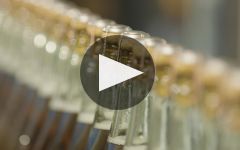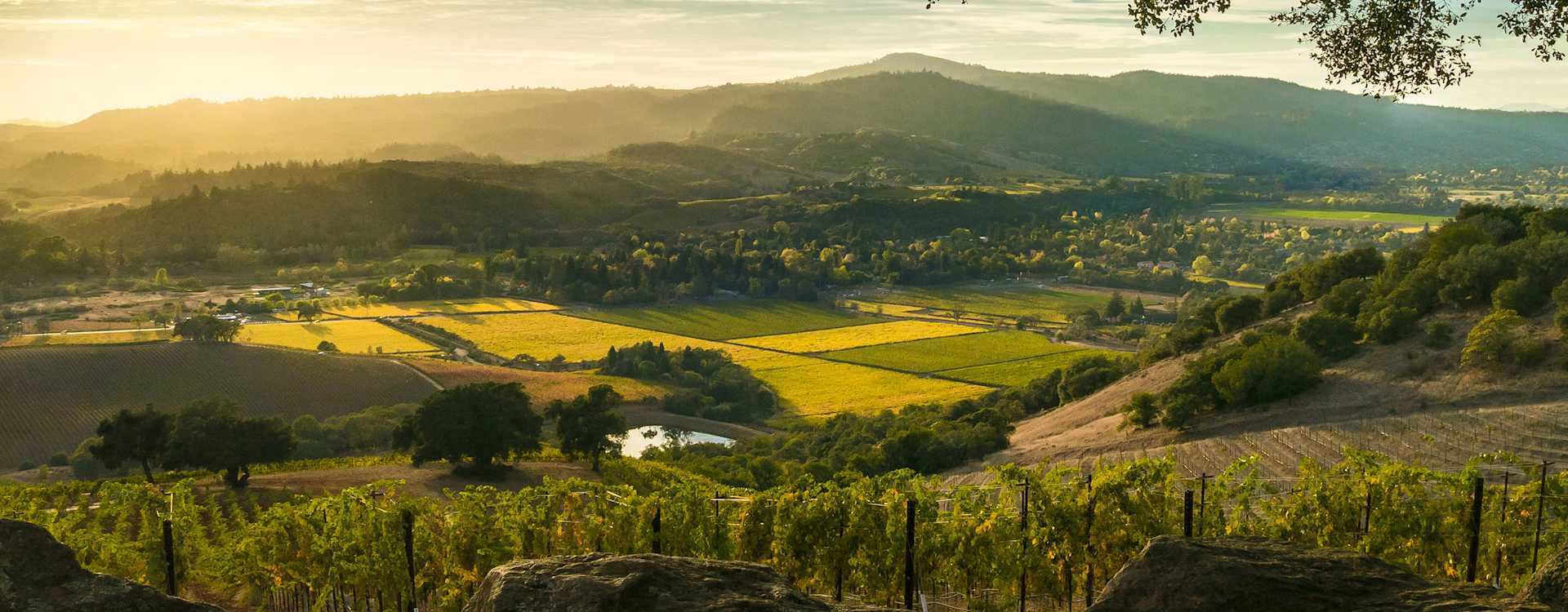Piper Sonoma Brut Rose
-
Wine
Enthusiast -
Wilfred
Wong



Product Details
Your Rating
Somm Note
Winemaker Notes
Brilliant and bright pink in color, the wine shows aromas of freshly picked cranberry, red fruit, tangerine, and guava. The palate is bursting with red fruit and citrus, with a zippy acidity and a long finish.
Blend: 53% Chardonnay, 39% Pinot Noir, 6% Pinot Blanc, 2% Aged Reserve Blend
Professional Ratings
-
Wine Enthusiast
Lively, lasting pinpoint bubbles and a light salmon color are followed by a complex mix of tangy fruits, toast and minerals in this concentrated and complete wine. Suave but crisp in mouthfeel, imbued with subtle peach and apricot flavors, this wine is something to be savored.
Editors' Choice -
Wilfred Wong of Wine.com
COMMENTARY: The Piper Sonoma Brut Rose is alluring and attractive. TASTING NOTES: This wine exhibits aromas and flavors of savory spices, wild strawberries, and sandalwood. Pair it with a Chinese chicken salad with toasted sesame seeds and a splash of hot oil. (Tasted: June 24, 2023, San Francisco, CA)






Piper Sonoma was founded in 1980 by the Marquis d’Aulan family, direct descendants of the Piper family. Recognizing Sonoma as a great growing region for Chardonnay and Pinot Noir, and believing in its terroir, the family's vision was to produce world-class sparkling wines in the New World, using old-world winemaking techniques. Nearly forty years later, the Piper Sonoma winemaking team continues to realize that vision and hand crafts premium sparkling wines under the guidance of long-time sparkling winemaker Keith Hock.
With nearly forty years of experience in Sonoma County, the winemaking team source from more than 20 growers, some of whom, like the Green, Young and Ledbetter families, have been supplying grapes for more than three decades. Many growers have adopted voluntary no-till farming practices, with a strict adherence to hillside ordinances. Sustainable agriculture and integrated pest management techniques have been integrated and organic or naturally derived fertilizers are utilized, while composted grape material is used as fertilizer to increase water efficiency and help build soil structure.
Piper Sonoma handcrafts their sparkling wines from the classic varietals Chardonnay, Pinot Noir and Pinot Blanc, by Méthode Traditionnelle, the same technique used to craft the best Champagnes. Each parcel is pressed and fermented separately, creating an extensive selection of base wines to choose from. Winemaker Keith Hock then tastes each component and selects those base wines that show potential to produce exceptional wine. The cuvée is placed en tirage for secondary fermentation in the bottle prior to disgorgement. Finally, a small percentage of older reserve wine is included in the liqueur d'expedition adding further complexity and texture.
The Piper Sonoma house style is focused on precision and attention to detail. Each wine displays a balance between fruit expression, complexity and texture, to create wines that are immediately approachable and can further develop with bottle aging.

What are the different types of sparkling rosé wine?
Rosé sparkling wines like Champagne, Prosecco, Cava, and others make a fun and festive alternative to regular bubbles—but don’t snub these as not as important as their clear counterparts. Rosé Champagnes (i.e., those coming from the Champagne region of France) are made in the same basic way as regular Champagne, from the same grapes and the same region. Most other regions where sparkling wine is produced, and where red grape varieties also grow, also make a rosé version.
How is sparkling rosé wine made?
There are two main methods to make rosé sparkling wine. Typically, either white wine is blended with red wine to make a rosé base wine, or only red grapes are used but spend a short period of time on their skins (maceration) to make rosé colored juice before pressing and fermentation. In either case the base wine goes through a second fermentation (the one that makes the bubbles) through any of the various sparkling wine making methods.
What gives rosé Champagne and sparkling wine their color and bubbles?
The bubbles in sparkling wine are formed when the base wine undergoes a secondary fermentation, which traps carbon dioxide inside the bottle or fermentation vessel. During this stage, the yeast cells can absorb some of the wine’s color but for the most part, the pink hue remains.
How do you serve rosé sparkling wine?
Treat rosé sparkling wine as you would treat any Champagne, Prosecco, Cava, and other sparkling wine of comparable quality. For storing in any long-term sense, these should be kept at cellar temperature, about 55F. For serving, cool to about 40F to 50F. As for drinking, the best glasses have a stem and a flute or tulip shape to allow the bead (bubbles) and beautiful rosé hue to show.
How long do rosé Champagne and sparkling wine last?
Most rosé versions of Prosecco, Champagne, Cava or others around the “$20 and under” price point are intended for early consumption. Those made using the traditional method with extended cellar time before release (e.g., Champagne or Crémant) can typically improve with age. If you are unsure, definitely consult a wine professional for guidance.

Home to a diverse array of smaller AVAs with varied microclimates and soil types, Sonoma County has something for every wine lover. Physically twice as large as Napa Valley, the region only produces about half the amount of wine but boasts both tremendous quality and variety. With its laid-back atmosphere and down-to-earth attitude, the wineries of Sonoma are appreciated by wine tourists for their friendliness and approachability. The entire county intends to become a 100% sustainable winegrowing region by 2019.
Sonoma County wines are produced with carefully selected grape varieties to reflect the best attributes of their sites—Dry Creek Valley’s consistent sunshine is ideal for Zinfandel, while the warm Alexander Valley is responsible for rich, voluptuous red wines like Cabernet Sauvignon. Chardonnay and Pinot Noir are important throughout the county, most notably in the cooler AVAs of Russian River, Sonoma Coast and Carneros. Sauvignon Blanc, Merlot and Syrah have also found a firm footing here.
